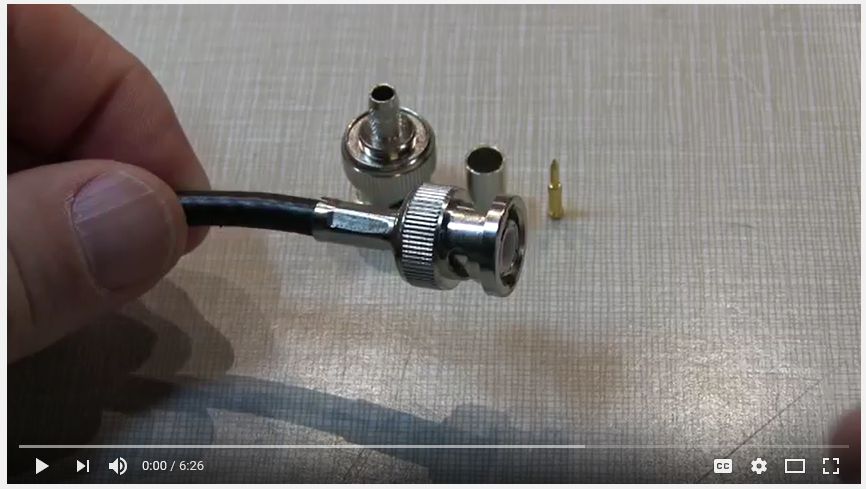Selecting the Right Coaxial Cable
Performing a quality installation will ensure optimal performance of your AES-IntelliNet® mesh radio network. Selecting the right coaxial cable and properly installing it is the foundation to a quality installation. Selection, however, can be challenging for those not familiar with the many types of coaxial cable and connectors currently on the market. In this Blog post, we’ll help take some of the ‘guess-work’ out of the equation.
Coaxial cable is used as a transmission line for radio frequency signals. Its application includes connecting transceivers to their antennas. One advantage of coaxial over other types of radio transmission line is the protection of the signal from external electromagnetic interference. This allows coaxial cable runs (not the antennas!) to be installed next to metal objects such as gutters without the power losses that occur in other types of transmission lines.
There are a variety of coaxial cable types available today, each with a specific application. Typically, coaxial cable has an identifier of RG (Radio Guide) followed by a number and, in some cases, the letter U (Universal). Another coaxial cable identifier is LMR. Cables with this identifier are low loss cables intended for longer distances. Cable impedance (resistance of the cable) used in an AES network must be 50 Ohms, use of cable that does not have a 50 Ohm impedance will lead to adverse performance issues on the network. AES requires the use of RG-58, RG-8 (Belden equivalent of 9913), or LMR-400 cable.
Cable distance is an important consideration when selecting coaxial cable. The cable length will determine the type of cable that should be used. The maximum distance for RG-58 cable is 25’ from the subscriber to the antenna, including the lightning protector. The maximum distance on RG-8 is 75’. LMR-400 can be used up to 125’, you will need the specific terminations for that cable.
Proper cable terminations are vitally important to the performance of the network. A bad crimp, loose connection, or damaged shielding will lead to signal loss, ground loops, signal degradation and much more. To make installations easier, pre-terminated spools are available for purchase through AES in the following lengths: 10’, 15’, 20’ and 25’ (RG-58 is not in spools). Spools of RG-8 with pre-terminated ends in lengths of 6’, 25’ and 50’ are available. 100’ spools of RG-8 with one end pre-terminated end are also available.
When terminating cable yourself, please keep the following items in mind:




